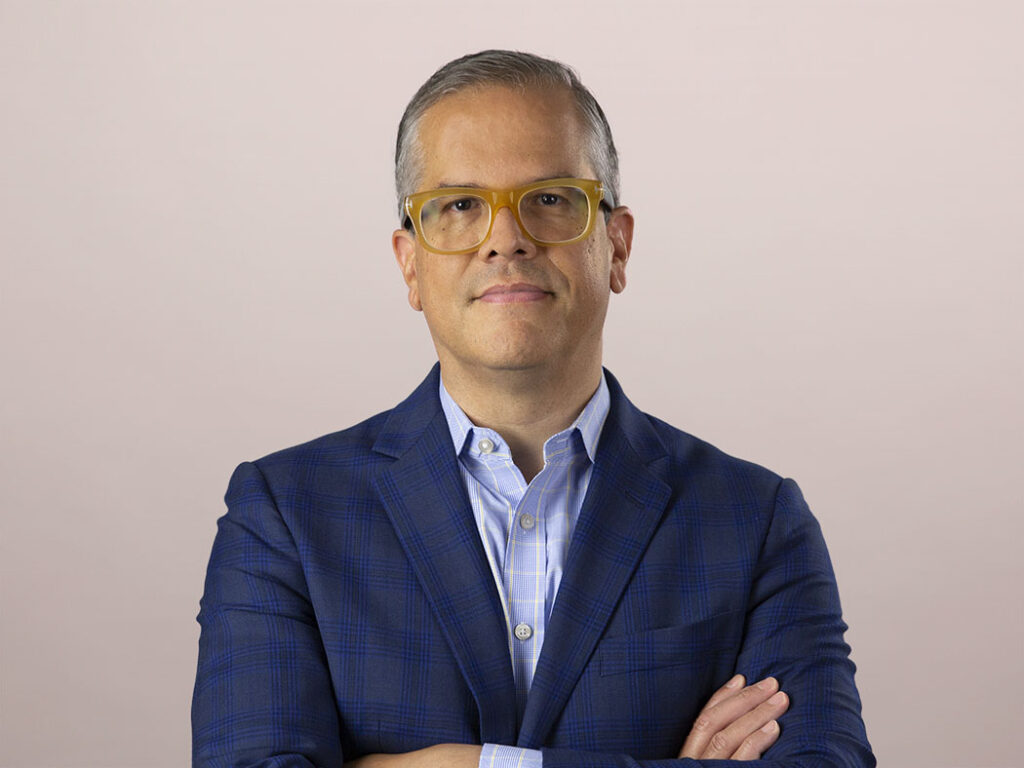Wearables 2.0 at CES 2014: Richer Business Models And Enterprise Relevance
Las Vegas – Hello from the Consumer Electronics Show (CES) 2014, an industry gathering point for technology vendors, retailers, partners, media, and industry analysts. Like many, I’m here to meet with the innovators, witness demonstrations, and assess the state of the technology industry in 2014 (and beyond).
As they were at last year’s conference, wearables will be a very hot topic at CES 2014. But in the fast-moving world of technology, a year is a long time. In 2014, wearables will graduate to their 2.0 state. To understand this 2.0 iteration, Forrester released two new reports that clients can read and download. The first is an overarching view of the enterprise aspect of wearable technology, The Enterprise Wearables Journey. The second focuses on wearable health, Building A Fitter Business With Wearable Technology. Let me offer a sneak peak into why Wearables 2.0 is a critical topic.
If we’re being honest, the wearables market is, in fact, suffering from a bit of a hype bubble. The ratio of devices released to those purchased represents a large number. But consider that the Internet itself suffered from a hype bubble circa 1999, and yet the Internet turned out to be just as important as people had imagined — after a decade of growth, at least. Similarly, wearable devices — and the apps, software, and services that make those wearables truly valuable — will change the way workers do their jobs and how consumers manage their lives. Every day (and surely this week), I talk to inventors, entrepreneurs, and established vendors entering the wearables space. The dynamism I encounter in this space reminds me of the early days of the Web in the late 90s.
Of course many wearable computing concepts and executions will fail, as is true with any new technology movement. Wearables will see their own Pets.com-style flameouts. Wearables 2.0 will weed out some of these false starts and focus on three success factors:
- Developing richer business models. Authentication sounds like a yawn, right? Yet Bionym’s Nymi band, which creates a persistent authentication bond using the wearer’s unique heart pattern, creates numerous business model opportunities. Imagine doing away with wallets, house keys, passwords, and toll booth devices. Imagine also a high-end luxury brand making jewelry out of Nymi and giving it to its best customers: When they walk into the store, they are greeted by name, offered customized clothing options in their own size, and they don’t even have to pull out a wallet to pay. If Wearables 1.0 was about creating technologies, Wearables 2.0 is all about crafting rich business models.
- Working within existing institutions. Selling fitness wearables to consumers one on one through retail channels might have its merits for dedicated exercise enthusiasts, quantified selfers, and those who want to lose weight. But having doctors, hospitals, insurance companies, and corporate wellness programs distribute fitness wearables (as Fitlinxx does) embeds the information collected into the entire healthcare system. And oh, by the way, you can get a discount on your health insurance rates by participating. Wearables 2.0 will intersect with the existing institutions of your life in useful ways.
- Creating enterprise value. Because of consumerization – the fact that the technology we have at home is often better, faster-moving, more agile, more mobile, etc. than the tech we are issued at work – we tend to assume now that *all* innovation will originate on the consumer side. Wearables 2.0 will upend that a bit, because the most useful enterprise devices are often highly specialized. Epson and Evena Medical devised a wonderful healthcare application for Epson’s Moverio smart glasses: Using sensor technology and augmented reality, a phlebotomist can literally see the veins in a patient’s arm – reducing misses and the concomitant pain. Wearables 2.0 will help enterprises provide value to their customers – a key technology benefit in the age of the customer.
There’s so much more to say on this exciting topic. I invite you to read the two new reports here and here. In them, I also explain how wearables offer infrastructure & operations professionals an opportunity to gain influence and relevance by becoming point people at their companies on Wearables 2.0. And please follow me on Twitter @jgownder for CES 2014 updates!
J. P. Gownder is a vice president and principal analyst at Forrester Research serving Infrastructure & Operations Professionals. Follow him on Twitter at @jgownder.
